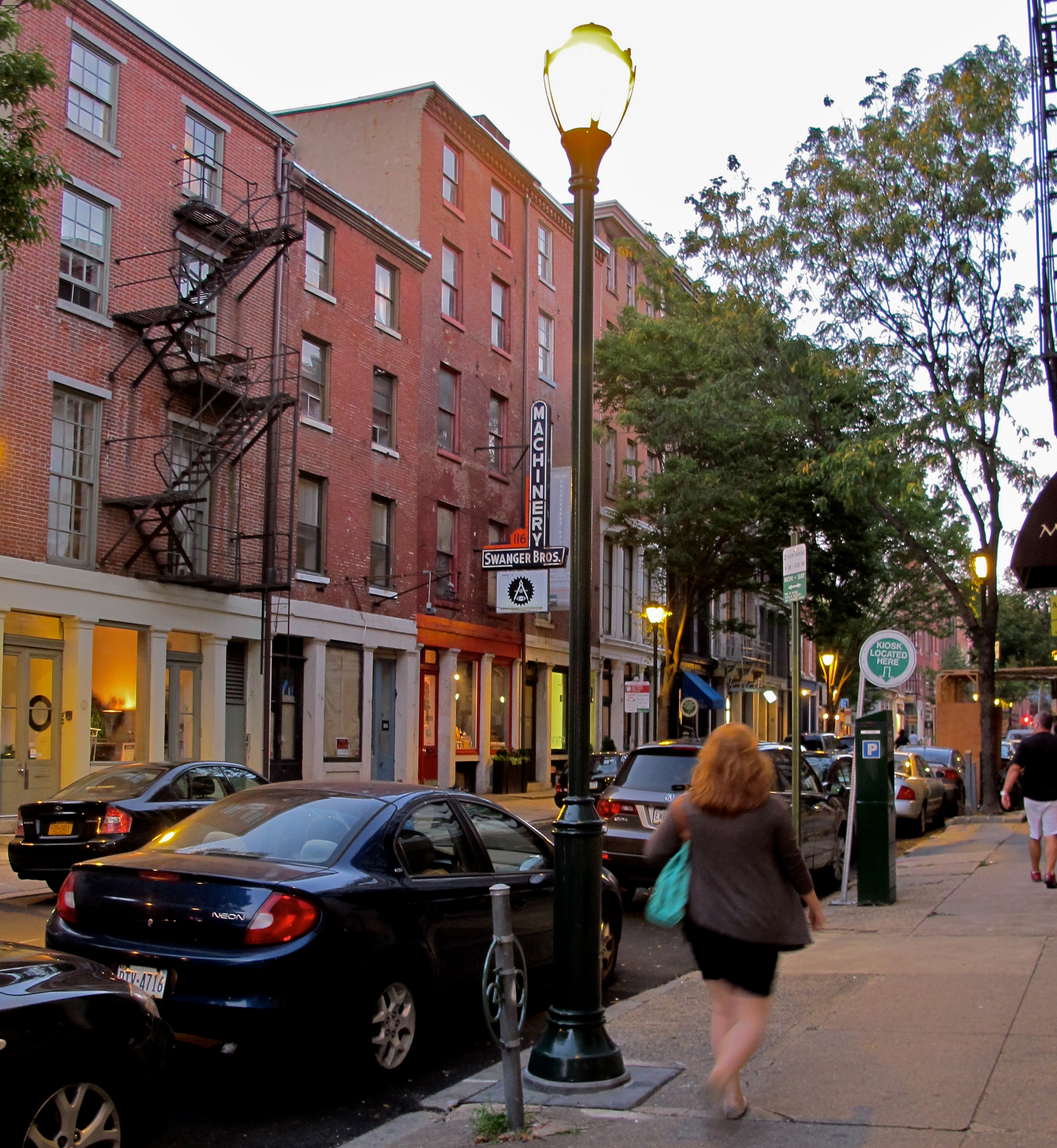June 9: Delivery Economy | Evolving Main Streets | Levy-Sweeney bill

Center City District’s Paul Levy and Brandywine Realty Trust’s Jerry Sweeney have proposed a bill to reform Philadelphia’s tax code to give the city the ability to increase commercial real estate taxes, the Philadelphia Business Journal’s Natalie Kostelni writes. The long-discussed Levy-Sweeney plan would allow the city to “assess commercial properties up to 15 percent higher so long as it uses the funds generated from that increase to reduce wage and business taxes” and “signal to the business community that Philadelphia is a place where companies can thrive and jobs would be created.” The plan, which would require an amendment to Pennsylvania’s constitution, has received support by the Mayor, Committee of Seventy, Building Owners and Managers Association, the Philadelphia building trade unions, as well as the African-American and Hispanic chambers of commerce. However some members of City Council and the Chamber of Commerce for Greater Philadelphia oppose the plan, proposing instead a five-year tax reform plan instead of changing the state constitution.
Most small and mid-size town Main Streets have barely been affected by Wall Street, online sales, and overbuilt retail and are expected to survive and adapt to changing trends, writes Econsult Solution’s Susan Baltake. After a Delaware Valley Regional Planning Commission seminar on “The New Normal for Downtowns,” Baltake highlights the “power of this market, particularly in older suburbs.” The small footprint of these downtowns offers the kind of walkable urban environment that millennials crave, as well as food and drink as ‘entertainment’ that also creates new retail and job opportunities. Main Streets have also embraced low-risk change with pop-ups and special events to draw more would-be consumers.
How is the delivery economy altering the way we interact with the city? Inga Saffron argues that the cost associated with the convenience of having anything we want delivered means a dramatic increase in traffic congestion, as delivery trucks often park on the curb when they can’t fit on older cities’ narrow streets. Furthermore, Saffron writes, “parked trucks can reduce visibility for other drivers and greatly increase the danger to pedestrians and bicyclists.” On the positive side, the rise e-commerce also reflects the city’s growing commercial and residential density. As cities try to figure out how to manage delivery trucks and oversee freight deliveries, Rensselaer Polytechnic Institute’s José Holguín-Veras, who compiled data on deliveries and pickups that occur within Center City’s four main zip codes, recommends several suggestions to relieve congestion and prevent gridlock, including shifting deliveries from standard business hours to the evenings and demarcating delivery zone parking.
The site of the former National Restaurant Supply Company on 2nd Street in Old City will reappear as part of a 192-unit mixed-use apartment building, Hidden City writes. The historic building, which was demolished last February and under agreement with the Philadelphia Historical Commission to rebuild the façade, had sat vacant amidst ownership changes. Local real estate firm Buccini/Pollin Group plans to develop the new six-story building, dubbed “The National,” with 2,000 square feet of retail space, along with a roof terrace, pet spa, and clubhouse.
Wilmington Mayor Mike Purzycki is forming a public-private partnership to manage, restore and maintain the deteriorating Baynard Stadium, NewsWorks’ Zoë Read reports. After Salesianum School, a local all-male Catholic school withdrew their offer to spend as much as $20 million on renovations, the mayor formed a small working group to study the needs of the Stadium and to analyze the financial implications of five alternative options. After considering a variety of public ownership and operating scenarios, the group recommended a public and private partnership “would secure the stadium’s future and is likely to involve minimal expenditures on the part of city taxpayers.”
WHYY is your source for fact-based, in-depth journalism and information. As a nonprofit organization, we rely on financial support from readers like you. Please give today.







